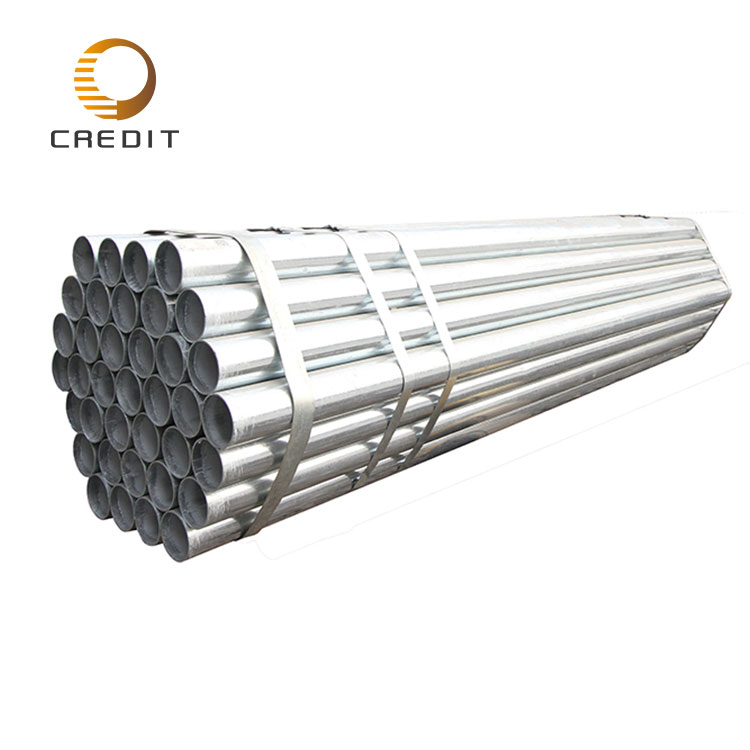Hot-dip galvanized square pipe is a product of advanced manufacturing techniques. It is formed when square steel pipes are submerged in a bath of molten zinc during the hot-dip galvanizing process. This results in a durable and protective galvanized layer that safeguards the underlying steel from corrosion.
Typically, these pipes are made from welded square pipes that conform to national standards. After the galvanizing process, each finished hot-dip galvanized square pipe undergoes additional anti-corrosion treatments to boost its longevity.
CREDIT

Common Specifications of Hot-dip Galvanized Square Pipe.There is a wide variety of specifications available for hot-dip galvanized square pipes. Based on specific application requirements, users can make informed choices. Some common specifications include a wall thickness of 5 18 mm and lengths ranging from 5 11 meters. Applications of Hot-dip Galvanized Square Pipe Hot-dip galvanized square pipes are extensively used in many areas due to their excellent properties.
In the construction industry, they play a vital role in building structures such as factories, warehouses, and residential buildings. They are also used in the installation of plumbing systems and ventilation ducts. In the automotive industry, they can be found in the manufacturing of vehicle frames and parts.
CREDIT

Advantages of Hot-dip Galvanized Square Pipe.The key advantages of hot-dip galvanized square pipes are their outstanding corrosion resistance and long lifespan. They can withstand harsh environmental conditions, including exposure to moisture, chemicals, and extreme temperatures. This reduces the cost of maintenance and replacement over time.
Additionally, they offer good mechanical stability, making them suitable for various load-bearing and structural applications. Quality Inspection Process of Hot-dip Galvanized Square Pipe A comprehensive quality inspection process is in place to ensure the integrity of hot-dip galvanized square pipes. First, the raw materials are carefully inspected to confirm they meet the required quality standards. After the hot-dip galvanizing process, the pipes are subjected to a series of tests. These include checking the zinc layer for proper thickness and uniformity, examining the surface for any signs of damage or irregularities, measuring the dimensions precisely, and conducting mechanical property tests. Only products that pass all these inspections are released for distribution.
